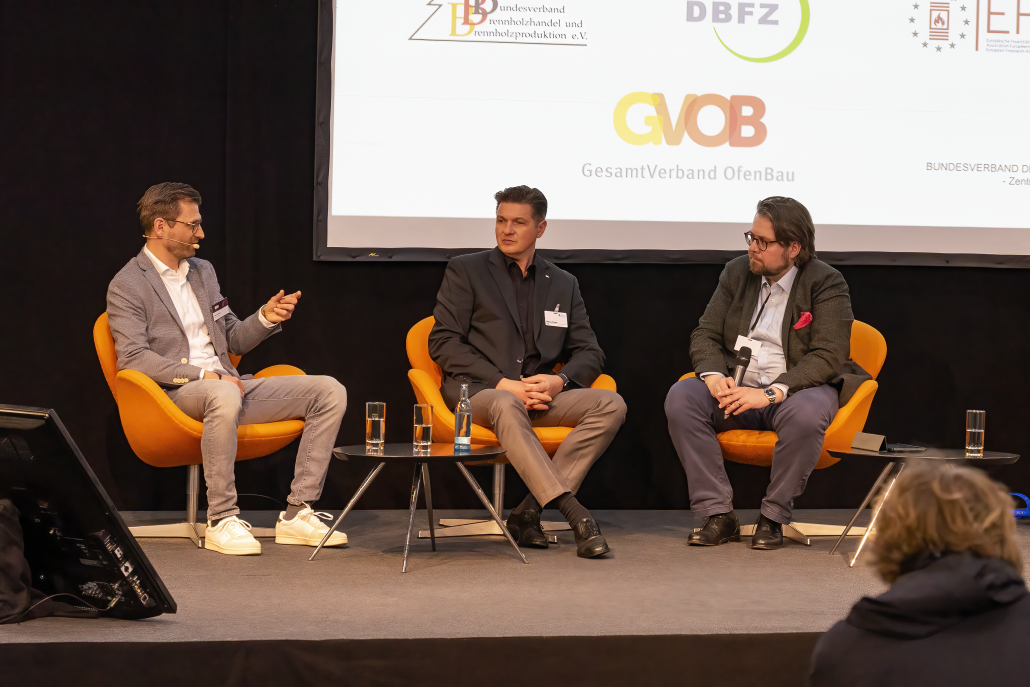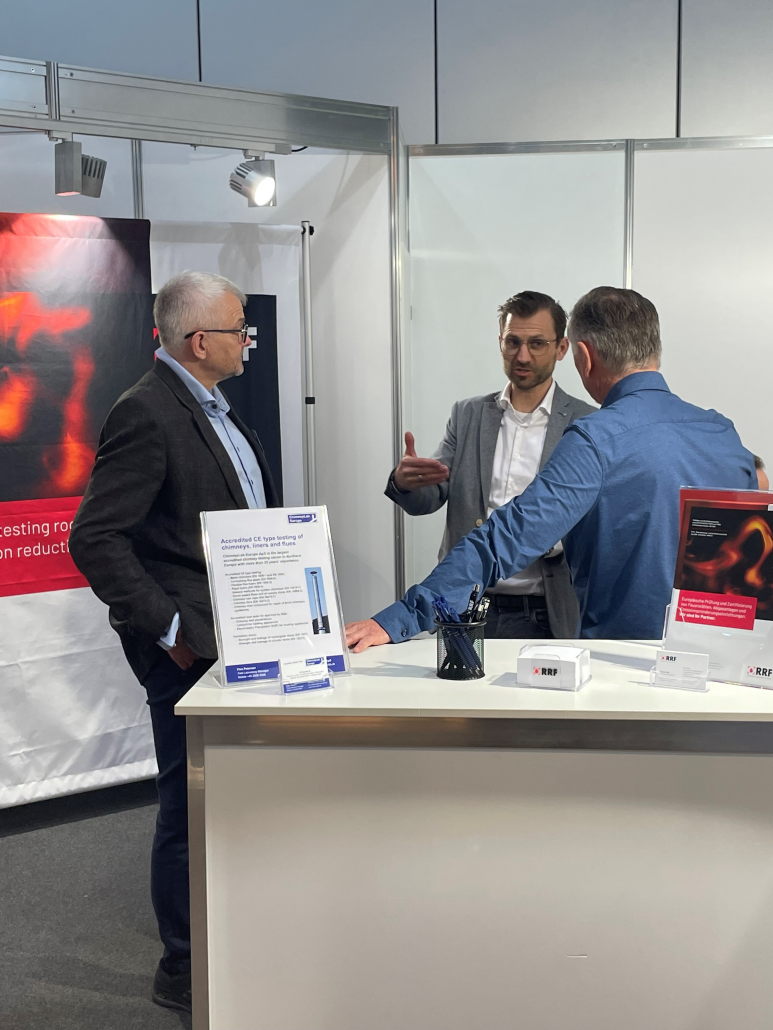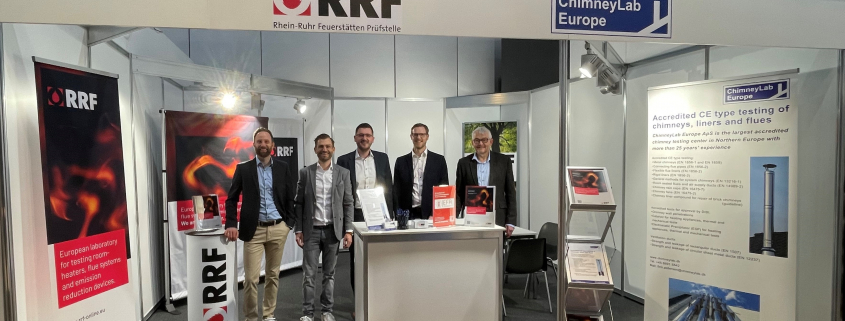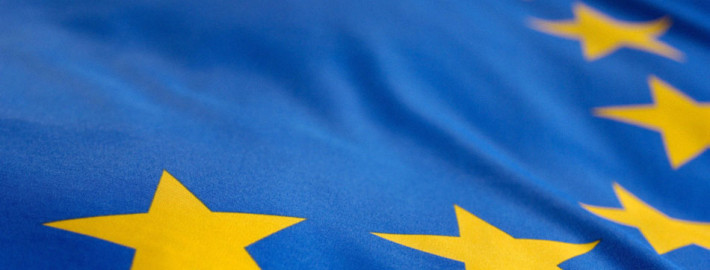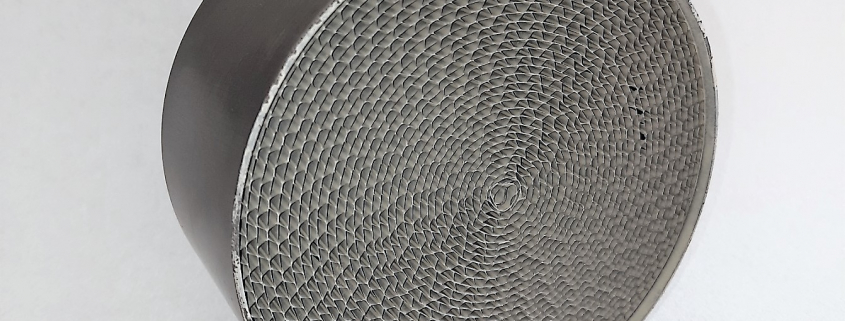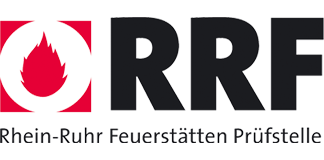RRF team building “training” to become stove builders for Ethiopian clay stoves
On 24.11.2023, Marius Dislich and Christoph Ruopp were our guests with their project “Die Ofenmacher e. V.”.
The day began with a pleasant meeting in the warmth, where the two of them told us about their local projects, the people and their experiences with other cultures. After they explained the theory of a clay stove to us and divided us into two groups, we got down to business.
First, everyone was allowed to try out for themselves how to mix sand and clay so that it becomes a stable and dense mass when dry. Once we had found the optimum mixing ratio, the sand, clay and water were kneaded on the floor with our feet to classical African music. Meanwhile, a delicious African stew was prepared on an already made clay oven that Marius and Christoph had brought along. Strengthened by the stew, they got to work on the clay. The aim was to build a complete clay oven in two teams.
The clay oven used in Ethiopia has a second hearth for the met’ad, which is the main cooking area from the Ethiopian user’s point of view. The exhaust air from the met’ad combustion chamber also heats another pot, and the heat from the exhaust gases from the cooking pot combustion chamber is also used by this pot.
Even though everyone in the team could still feel the hard work in their bones the next day, they all had a lot of fun with the project. There was even a small competition for the most beautiful stove. The result of both stoves is impressive and we can now call ourselves “stove builders” of an Ethiopian clay stove.
As much fun as we had that day, the cause of “Die Ofenmacher e. V.” is serious and important. Around 3 billion people worldwide still cook over an open fire. This is the fifth most common cause of death. In addition to life-threatening burns, open fires produce very high levels of particulate matter and emissions. “Die Ofenmacher e. V.” trains local stove builders and teaches local people how to make a stove from locally available materials that can also be easily assembled and maintained. This stove alone significantly reduces health risks, emissions and wood consumption.
Last year, we supported “Die Ofenmacher e. V.” with a financial donation. In order to show how pollutant emissions can be drastically reduced worldwide with simple means and how high the reduction actually is, we donated a test of a typical clay stove to “Die Ofenmacher e. V.” as a Christmas campaign. “Die Ofenmacher e. V.” can use the test results as a basis for discussions for example with politicians and supporters and continue to realize their goals. We would like to thank Marius and Christoph for the exciting insights and a unique and unusual team-building exercise and, of course, everyone in the RRF team who supported the project wholeheartedly
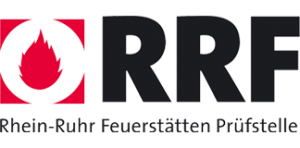
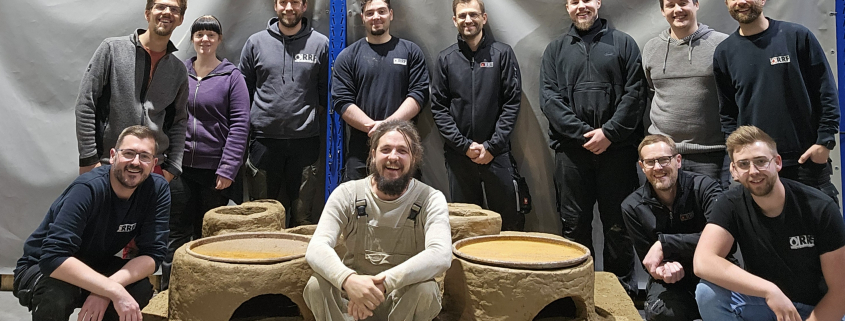
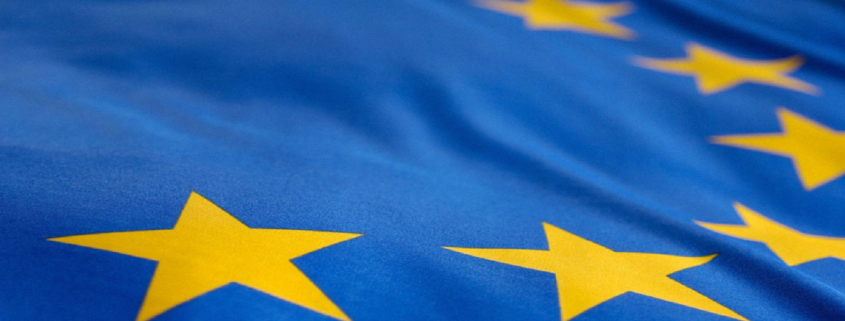

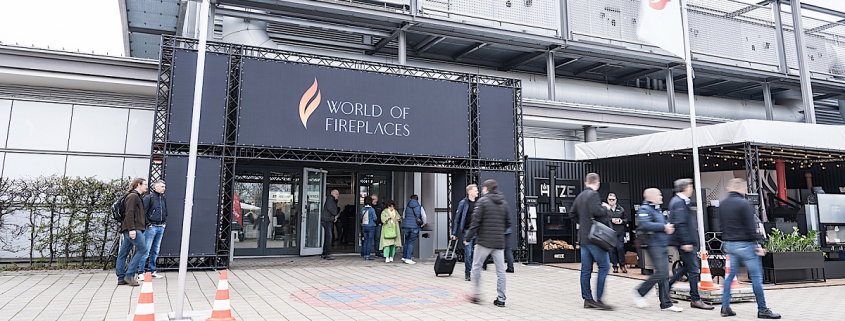 trendfairs
trendfairs